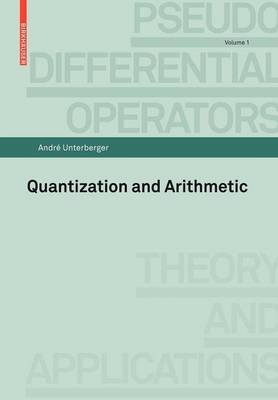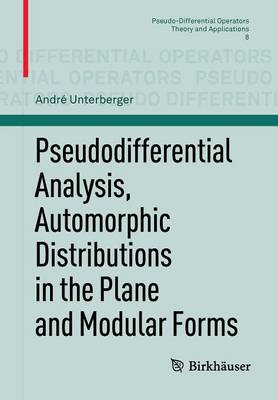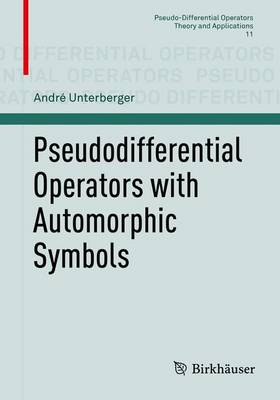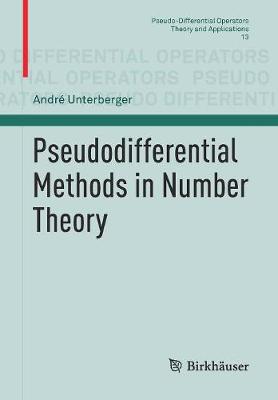Pseudo-Differential Operators
4 primary works
Book 1
Book 8
Pseudodifferential Analysis, Automorphic Distributions in the Plane and Modular Forms
by Andre Unterberger
Pseudodifferential analysis, introduced in this book in a way adapted to the needs of number theorists, relates automorphic function theory in the hyperbolic half-plane to automorphic distribution theory in the plane. Spectral-theoretic questions are discussed in one or the other environment: in the latter one, the problem of decomposing automorphic functions in according to the spectral decomposition of the modular Laplacian gives way to the simpler one of decomposing automorphic distributions in R2 into homogeneous components. The Poincare summation process, which consists in building automorphic distributions as series of g-transforms, for g E SL(2;Z), of some initial function, say in S(R2), is analyzed in detail. On , a large class of new automorphic functions or measures is built in the same way: one of its features lies in an interpretation, as a spectral density, of the restriction of the zeta function to any line within the critical strip.
The book is addressed to a wide audience of advanced graduate students and researchers working in analytic number theory or pseudo-differential analysis.
Book 11
Book 13
Classically developed as a tool for partial differential equations, the analysis of operators known as pseudodifferential analysis is here regarded as a possible help in questions of arithmetic. The operators which make up the main subject of the book can be characterized in terms of congruence arithmetic. They enjoy a Eulerian structure, and are applied to the search for new conditions equivalent to the Riemann hypothesis. These consist in the validity of certain parameter-dependent estimates for a class of Hermitian forms of finite rank. The Littlewood criterion, involving sums of Moebius coefficients, and the Weil so-called explicit formula, which leads to his positivity criterion, fit within this scheme, using in the first case Weyl's pseudodifferential calculus, in the second case Fuchs'.
The book should be of interest to people looking for new possible approaches to the Riemann hypothesis, also to new perspectives on pseudodifferential analysis and on the way it combines with modular form theory. Analysts will have no difficulty with the arithmetic aspects, with which, save for very few exceptions, no previous acquaintance is necessary.



